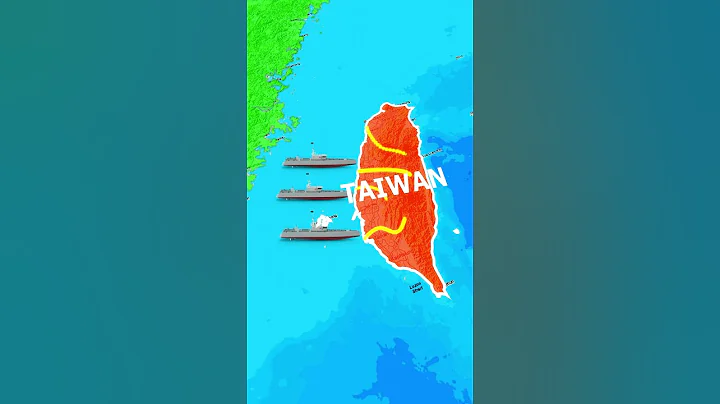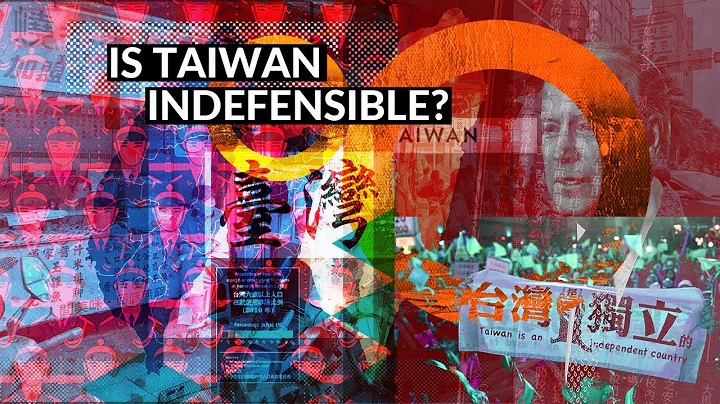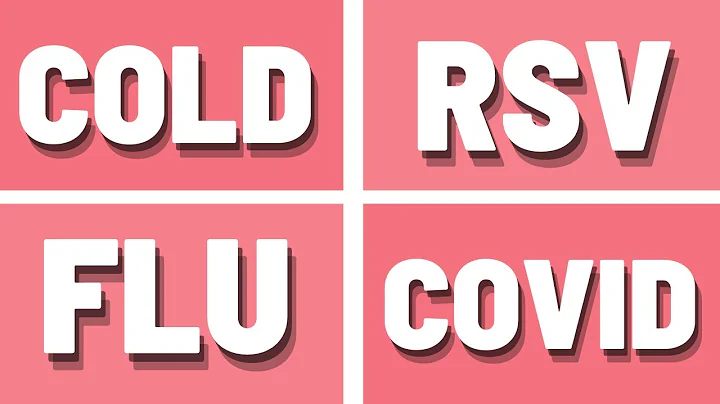
How to play industrial tourism?
Text | Yunjiu Team
Some people say that the world’s industrial tourism should look to Europe, Asia’s industrial tourism should look to Japan, and China’s industrial tourism should look to Taiwan.
The real explanation of industrial tourism in Taiwan is "tourist factory". It is understood that since 2003, Taiwan has successfully built 133 "tourism factories" across the province. Data show that the number of visitors in 2016 reached 22.1 million (Taiwan’s population in 2015 was less than 24 million), each factory received an average of 166,000 tourists per year, and tourism revenue reached NT$4.6 billion (approximately 1.03 billion yuan) ).
So, a few days ago, the editor followed Meng Yue, the founder of the "Smart Winery" project, and more than a dozen "quasi-winery" owners from Shandong, Shaanxi, Hebei, Anhui and other places. A five-day and four-night trip to Taiwan was conducted to find new ways out for small and medium-sized wine companies seeking to break through.

Why go to Taiwan?
Taiwan's "tourism factory" is good at adapting to changes, and there is only one principle of change - provide what consumers (tourists, to be precise) want.
In other words, every factory in Taiwan is actually a different individual. They have their own unique ways and ingenuity, and they are constantly innovating. In short, you can see the "different beauty" of every tourist factory in Taiwan. .
Every "tourism factory" in Taiwan is not "standard customization". Each one has a unique tourism theme. It not only presents an improved factory environment suitable for leisure and vacation, but also provides services such as tours of the entire product production process, cultural relics display, and experience facilities. It is an emerging tourist attraction that combines "intellectuality" and "leisure".
For example, there is a glass museum in Lukang Town, Changhua County, Taiwan, which displays glass crafts of various shapes. The glass here is no longer a simple product but a work of art. The exhibition hall uses multimedia means and interactive display methods that are close to the public, allowing visitors to understand the history of Taiwan glass, including various types of glass and their production processes, including building materials glass, furniture glass, home decoration glass, art glass, etc.

Of course, visitors can also experience glass making by themselves. In 2007, this glass pavilion was selected as one of the exhibition halls that symbolizes Taiwan's entrepreneurial spirit and has the most business opportunities, along with the National Palace Museum in Taipei.
There is also the Puli winery that is the focus of this visit. Among the top ten most popular tourist factories in Taiwan, Puli Distillery ranks second. This distillery is also an outstanding representative of Taiwan's brewing industry. It has a history of 100 years and represents the glorious past and success of Taiwan's brewing industry. Prosperity now.
Interestingly, the best-selling wine at Puli Winery is Shaoxing rice wine.

Different Puli Distilleries
Data show that in 2016, the top ten "tourist factories" that received tourists were Taiwan Glass Museum, Taiwan Tobacco and Liquor Company Puli Distillery, Taiwan Yogurt Biscuit Academy, and Jinche Karma Lan Whiskey Distillery, White Wood House Brand Discovery Center, Likang Chinese Herbal Medicine Industry Cultural Center, Athenian Fruit Factory, Taiwan Tobacco and Liquor Taoyuan Tourist Distillery, Yawen Charming Expo Center and Taiyan Tongxiao Tourist Park.
10, 3 of them are wineries. To be precise, they are actually small wineries.
However, there are stories, experiences, and interesting content, so more and more people come here.
This is not a winery, but actually a scenic spot.
Let’s first take a look at the location of this winery.
Winery is located on Zhongshan Road, Puli Town, Nantou County. Puli is a small town one hour's drive from Tainan. More importantly, it is the only way for tourists to enter and exit Sun Moon Lake. The distance from Puli Winery to Sun Moon Lake Scenic Area is approximately About 20 kilometers.

The yard of Puli Winery is full of tourist buses almost every day. The day the inspection team went there happened to be a Sunday, and there was really an endless stream of tourists. Therefore, a good location actually means half the battle is won. .
What about the other half?
The reason why there are so many tourists in Taiwan’s tourist factories (many tourists go there again and again) is because every factory is constantly attracting you. What's more important is to mobilize the atmosphere from the five senses of consumers (sight, hearing, touch, smell), so that consumers can get a three-dimensional experience of hearing, seeing, smelling, touching and tasting in every link, and at the same time, setting up do-it-yourself products in the factory In the production process, the customer's real experience is always the first priority.
Enjoy the service of experience, the product that takes away the experience, and the process of savoring the experience - this is actually a closed-loop product marketing education process. Finally, when consumers returned home with a full load, they did not forget to give Puli Winery another free promotion in their circle of friends.
just said that every factory has its own theme positioning. So, does Puli Distillery have any deeper and more meaningful highlights?
has its culture and story.
Puli Distillery was built in 1917. At that time, local gentry organized the first private winery in Puli (the predecessor of Puli Distillery). It is said that the founder of the winery is surnamed Chen and his ancestral home is in Shaoxing, Zhejiang, across the Taiwan Strait. Some veterans and Mr. Chen, who had previously come to Dachen Island in Taiwan, jointly brewed the hometown wine across the Taiwan Strait ( Shaoxing wine ).

For Taiwanese people, there are two kinds of hometowns. One is where you have your family, which is your hometown. The other is where your family is on the other side of the strait, but having wine with the taste of the motherland around you is still half of your hometown.
What is particularly special is that in 1996, Puli Distillery established Taiwan's first "Liquor Heritage Museum" - the current distillery is mainly used for tourism. The lobby on the first floor sells various local famous wines, rice wine popsicles, fermented eggs and other derivatives. , and basically all wines can be sampled. To be honest, the Shaoxing rice wine here is really pure.

This is not only a winery, but also a museum.
The second floor of Puli Winery is a cultural museum, which contains products, history, stories and spirit.
As soon as you enter the door, you will see the "Taiwan Shaoxing Story Museum". This exhibition hall tells the origin and evolution of Shaoxing wine and records the history of Puli winery.
The second floor is designed with a complete wine urn landscaping theme such as an introduction to the urn and a wine urn tunnel. There is a Shaoxing wine jar waterfall at the exit of the cultural center. This wine jar is the only complete wine jar left behind by the 1999 earthquake in Taiwan.

The "tourist winery" way out for small and medium-sized enterprises
In the era of experience economy, the emphasis is on perceptual experience, the competition is on creative connotation, and the pursuit is inner touch. These can be felt at Puli Winery in Taiwan.
So, can this "Puli model" be directly copied to wine companies?
In fact, Taiwan’s “tourism model” was forced out by industrial bottlenecks. In the 1970s and 1980s, Taiwan relied on its OEM model and export-oriented policies to develop its industrial economy rapidly. Do you still remember the "Four Asian Tigers" that were once all the rage? Among them is Taiwan.
Then, after the climax, Taiwan's economy entered a slowdown, leaving a large number of factories that were about to be eliminated, seemingly at a loss what to do - at this time, "tourist factories" became a life-saving straw.
This is also the original intention of Meng Yue to lead everyone to "learn from Taiwan". In his view, "Let everyone take a look. In fact, this is the path that some small and medium-sized enterprises will take in the future. It is not to follow the big ones, but to learn from the small ones." , to be a 'small but beautiful' enterprise."
When China's wine industry enters the mature stage, in the traditional frontal battlefield of "channels win, terminal is king", famous wines rise, and small and medium-sized wine companies sink channels, fighting for advertising and promotion. Competitive strategies such as competing for prices, competing for teams, and competing for capital have become ineffective.
Are many small and medium-sized enterprises currently facing the same fate as Taiwan after the "climax"-after the rapid development of the entire industry, the crisis of oversupply in the liquor industry has become extremely obvious, and how to "become more refined and smaller" to go Trying to create your own "winery economy" is a life-saving straw that more regional companies should grasp.
In the era of globalization, the upgrading of the industrial economy to the "experience economy" has become a prominent trend.
Because people consume not only buy things, but also hope to get a beautiful emotional experience. In the past, this kind of experience of liquor was at the end of "drinking". So, can the experience start at the beginning of "buying"?

How to play industrial tourism? According to
research, most of the revenue from mature industrial tourism projects in Taiwan comes from non-traditional channels.
For example, 75% of the annual revenue of a Taiwanese pineapple cake brand "Weireshan" comes from tourists, and only 1/4 comes from other export channels; Likang Chinese Herbal Medicine Industry Cultural Center brings in 220,000 yuan a year. tourist traffic.
In fact, for small and medium-sized enterprises, this direction may be a way out, but when they really start to do it, they are a little hesitant - maybe it seems that the road ahead is smooth, but it may not be like walking on thin ice. In summary,
is the unique positioning of each company. This is the premise and foundation, and it is also the first step in the direction. After all, the current consumption base is not a problem, what is problematic is the demand for creative and innovative products.
A major prerequisite for the popularity of Taiwan's tourism factories is that its cultural and creative industries are highly developed and can often design eye-catching products. In comparison, the industrial tourism projects of mainland production companies still focus on popularizing production knowledge and factory demonstrations, which are not interesting and attractive enough.
Looking at in Moutai Town, Guizhou Province, its model is mainly based on the company's office building, Moutai production workshop, wine warehouse workshop, and packaging workshop, and around the liquor production process, it opens the production workshop, wine warehouse workshop, packaging workshop, etc. Visiting points allow tourists to understand the wine production technology and processes.
However, at present, the packaging workshop, National Liquor Culture City and Liquor Experience Center of Moutai Distillery are mainly open to the public. Obviously, this is not enough, and in many cases Moutai workshops are still closed to the public.
Maotai Town’s “tourism model” is still being explored. There is no doubt that this is a direction for industrial development. However, for wine companies, they still need to start from their own actual conditions. While developing industrial tourism, they must complement their own resources and find the characteristics that are different from other wine companies, such as production technology and unique wine body. , natural ecological environment, factory appearance, historical monuments and cultural heritage, etc. The key is to enhance the affinity with tourists, appropriately add interest to industrial tourism and tourist participation, and improve tourist satisfaction.
Looking to the future, should we “continue to occupy channels” or “continue to occupy consumption”? Based on reality,
should choose a "big and comprehensive" expansion model or a "small but beautiful" growth model?
Regional brands develop the winery economy, just like the current "B&B economy" in the tourism industry. They can also compete with "star hotels" for mutual prosperity and symbiosis.
Therefore, the answer given by Meng Yue is:
Choosing the "small and beautiful" growth model is more suitable for regional brands than choosing the "big and comprehensive" expansion model. Rather than weakly affecting 100,000 people, it is better to be deeply moved. 10,000 people.
Occupying consumers is more important than possessing channels. Continuously "occupying consumers" is the ultimate driving force for the survival and development of more than 90% of wineries, and it is also the ultimate goal.
Even if regional brands do not use traditional channels, they can directly connect with consumers through smart wineries, implement differentiated marketing strategies, and build "localized market" barriers to resist competition from foreign brands.
This may be the way out.
has seen Taiwan’s “tourist factories”. What do you think small and medium-sized wine companies can learn from? Leave a message at the end of the article for you to share!





















